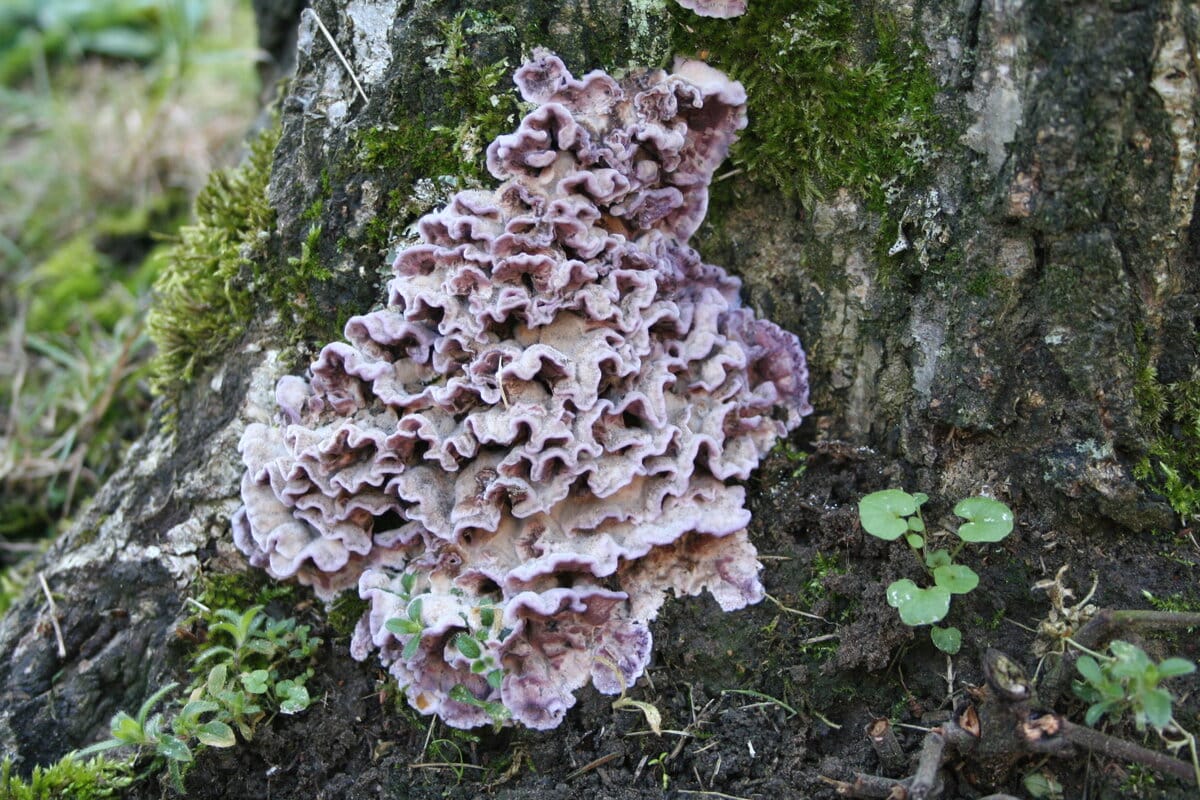Like in The Last of Us, a biologist was infected with a fungus called Chondrostereum purpureum that grew in his trachea. An extremely rare fact monitored by researchers. Should we fear a pandemic? We summarize the case for you.
We no longer present the Cordyceps of The Last of Us, video game whose launch on PC went very badly. The story of the day reported by Sciencealert tells us that in 2021, a biologist of Indian origin was infected with a phytopathogenic fungus called Chondrosterium purple, a rare occurrence. Is a pandemic possible? We take stock of this case.
To read> The Last of Us season 2: release date, scenario, casting, all to know
The tissues of his trachea infected with the fungus

A plant pathogen is not meant to infect a human host. Yet a 61-year-old Indian biologist with no background as the “ taking immunosuppressive drugs, HIV, diabetes, or a chronic illness » was infected with Chondrosterium purple. A fragile immune system could have explained this unprecedented phenomenon, it is not so.
This episode takes place in 2021 and inevitably, everyone thinks of The Last of Us in which humanity collapses as a result of an infection with Cordyceps which extends to humans.
Usually the phytopathogenic fungus Chondrosterium purple attacks plants such as roses or pear trees. However, this Indian researcher was affected by parasitic lead disease when the fungus developed in the tissues of his trachea.
To read> The Last of Us: Bella Ramsey reveals the release date of season 2, you will be waiting a long time
Is a pandemic caused by the fungus possible?
As previously explained, this infection is strongly reminiscent of the plot of The Last of Us. This video game franchise from Naughty Dog follows Joel and Ellie in a post-apocalyptic world where fungus-infected zombies Cordyceps attack the few survivors (themselves busy shooting themselves in the leg). A similar pandemic via the Chondrosterium purple can it take place? Currently, no.
However, Sciencealert specifies that caution is in order: “ A first documented case of an infection like this is a never-before-seen example of an infection that took a huge leap between species “. The journal Medical Mycology Case Reports also investigated this case. Experts believe that it is necessary monitor these extremely rare cases which could cause pandemics in the future if nothing is done. As for the Indian biologist, he is better today and is no longer infected with the Chondrosterium purple.
Source : Sciencealert
